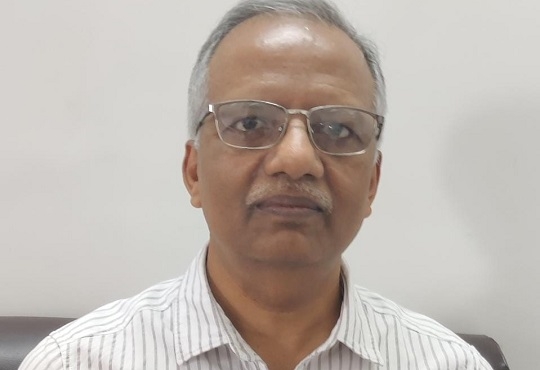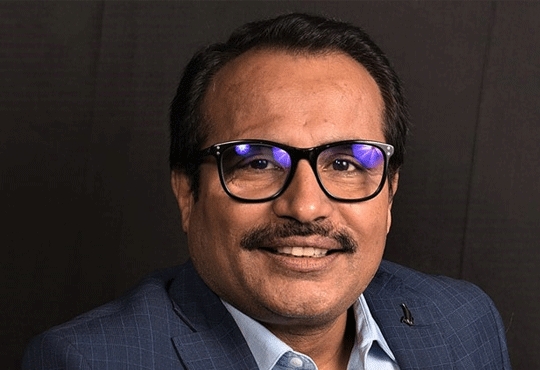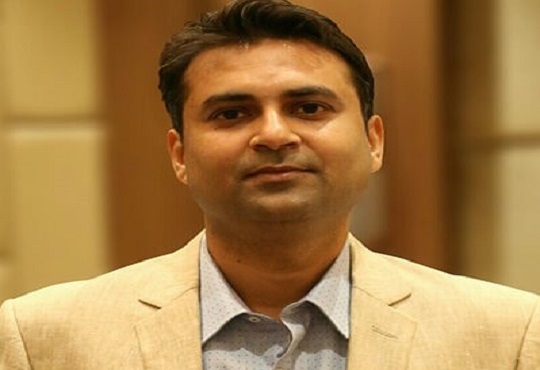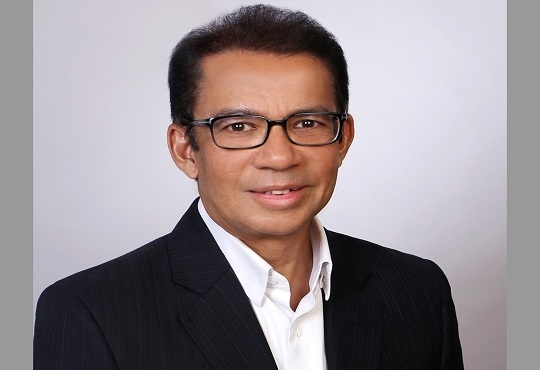
From Tracks to Pixels: Exploring the Digitalization of Railway Infrastructure
Janifha Evangeline | Saturday, 19 August 2023, 21:31 IST
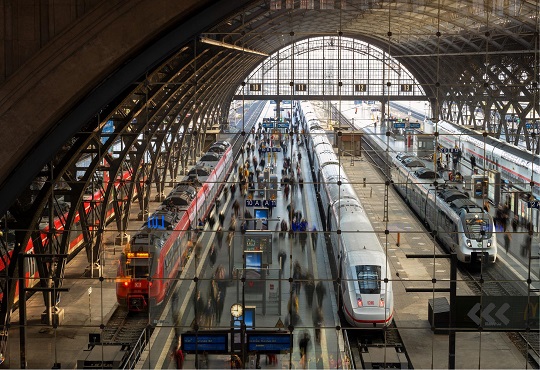
Creating an innovative environment and user-friendly mobility system is one of the top global transportation expansion priorities. Rail transportation is recognized as an essential component of this process. Meanwhile, a revolutionary progress in the business environment spurred by ICT technology necessitates the updating of old business concepts and tactics used by rail operators. A thorough understanding of digital transformation is required for expanding rail transport in today's economy.
Indian Railways (IR) has implemented digitalization in several areas of its operations. Passenger information systems, train signaling, ticketing, computerized wagon allocation systems, real-time monitoring, traffic management, and other uses of digitalization are currently the most important in the field. Furthermore, IR intends to use artificial intelligence to improve the railway sector's overall operational efficiency. Some of the most important digital initiatives undertaken by the Indian Railways in the last couple of years include:
Intelligent internet-based solutions
The Indian Railway Innovation Policy - Start-ups for Railways was established in June 2022 in an effort to stimulate innovation and modernization in the railway sector. The policy gives funding to Indian start-ups, as well as micro, small, and medium-sized firms and entrepreneurs, for the purpose of leveraging innovation and technology to boost operational effectiveness and safety measures, as well as to provide the most cutting-edge and cost-effective solutions. To encourage start-ups to develop next-generation creative solutions, the Ministry of Railways developed a dedicated website and issued 11 issue statements. The policy's major goal is to develop practical prototypes, innovative products, and cost-effective, implementable solutions to address quality and maintenance difficulties with IR.
Meanwhile, RITES Limited and the Centre for Railway Information Systems signed an MoU in August 2022 to collaborate on information technology-based prospects in the railway industry and other fields. The MoU will facilitate integration and make it easier for the two organizations to draw on each other's experience and collaborate to enhance railway technology digitalization. Through this collaboration, the two companies are anticipated to produce clever, intelligent internet-based solutions for railway operations in addition to modernizing the sector's present technology and telecommunications.
intelligent sensor-based system
IR's Central Organization for Modernization of Workshops has authorized a contract with Wabtec Corporation for the Online Monitoring of Rolling Stock (OMRS) project, which will begin in March 2022. The goal is to increase the availability of the railways' fleets of coaches, wagons, and locomotives by detecting and correcting problems and preventing in-service breakdowns. The OMRS system is a cutting-edge high-tech solution that allows operators to arrange the examination and removal of problematic bearings and wheels based on their condition rather than time-based inspection schedules. As a result, the fleet will be healthier and more reliable. This is part of the "smart yard" concept and will make condition-based predictive maintenance technology more accessible. IR has also introduced smart coaches equipped with an intelligent sensor-based system that provides information to the appropriate authorities if any harm occurs to the coaches while they are in operation. Two such astute coaches were assigned to the Thiruvananthapuram division in January 2022.
The real-time train information system, developed in collaboration with ISRO, will be installed on trains beginning in September 2022 to automatically gather movement timings at stations, including arrival, departure, and run-through. The Control Office Application system automatically plots the received updates on the appropriate trains' control charts.
Mobile train radio communication technology & AI-based locomotive inspection
The new system is also linked to the existing railway management system, allowing controllers to communicate with drivers and guards using train and cab number numbers. For emergencies, a broadcast call facility is also available using mobile train radio communication technology. Furthermore, RTIS provides predefined one-touch dialing to ensure timely communication. Passenger safety can be improved by improving communication between the driver and the control room. A global positioning system may now be used to track where trains are and whether a level crossing is open or closed with the new technology in place. According to the most recent data, RTIS devices have been deployed on 2,700 locomotives. Phase II will cover 6,000 additional locomotives scattered across 50 loco sheds, utilizing ISRO's satellite communications center.
The Western Railway Zone implemented an AI-based locomotive inspection system at Trip Shed, Bandra Terminus, in the Mumbai division, as part of the modernization effort in December 2021. An AI-based locomotive inspection system's efficiency and quality of repairs and maintenance are projected to reduce locomotive outages. The device can inspect a locomotive's sides, underframe, and roof. It also detects loose parts, hanging parts, foreign particles, wheel profile, carbon strip flaws, brake block thickness, damaged roof insulators, cow guard defects, primary spring cracks, and other issues, and raises warnings if assistance is required.
Eventually, IR intends to install Wi-Fi and CCTV cameras in all trains and stops. IR officially began installing video surveillance systems (VSSs) at the country's major railway stations in July 2022. To ensure maximum coverage of railway premises, four types of internet protocol cameras are being installed: dome, bullet, pan tilt zoom, and ultra-HD-4K. This will offer railway officials an advantage in maintaining greater security. RailTel has been tasked with installing the VSSs. The monitoring system includes high-resolution CCTV cameras and storage for more than a month's worth of footage.
According to RailTel, high definition CCTV cameras will be deployed at roughly 756 railway stations in categories A, A1, B, and C during the first phase of the project. Meanwhile, in March 2022, Ubarni Railway Station in Northern Railway's Lucknow division became the 6,100th station to join IR's free Wi-Fi network. Because the majority of the stations on this public Wi-Fi network are located in rural India, which has inadequate connection, this network has helped connect the country's remote regions. Since the first Wi-Fi service was provided at the Mumbai railway station in 2016, IR has come a long way in the race toward digital advancement. In related news, approximately 80% of reserved rail tickets are now purchased online.
CIO Viewpoint
The Constantly Evolving Technology Landscape in...
By Janifha Evangeline
Navigating the Digitalization of Mining Industry
By Janifha Evangeline
How To Achieve An Effective Digital Transformation
By Yogendra Singh, Head-IT/SAP, Barista Coffee Company Limited
CXO Insights
No-code platforms: Enterprise-wide Adoption...
By Rahul Murthi, Director at Acies
Unleashing the Potential of IT in Engineering...
By Gyan Pandey, Head - Digital/CDO, Voltas
Low Code and Artificial Intelligence - The...


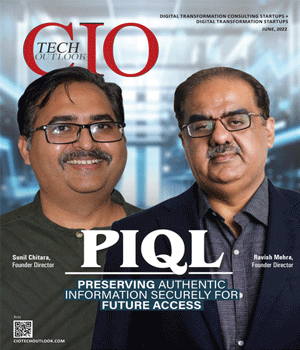
.jpg)

.jpg)


